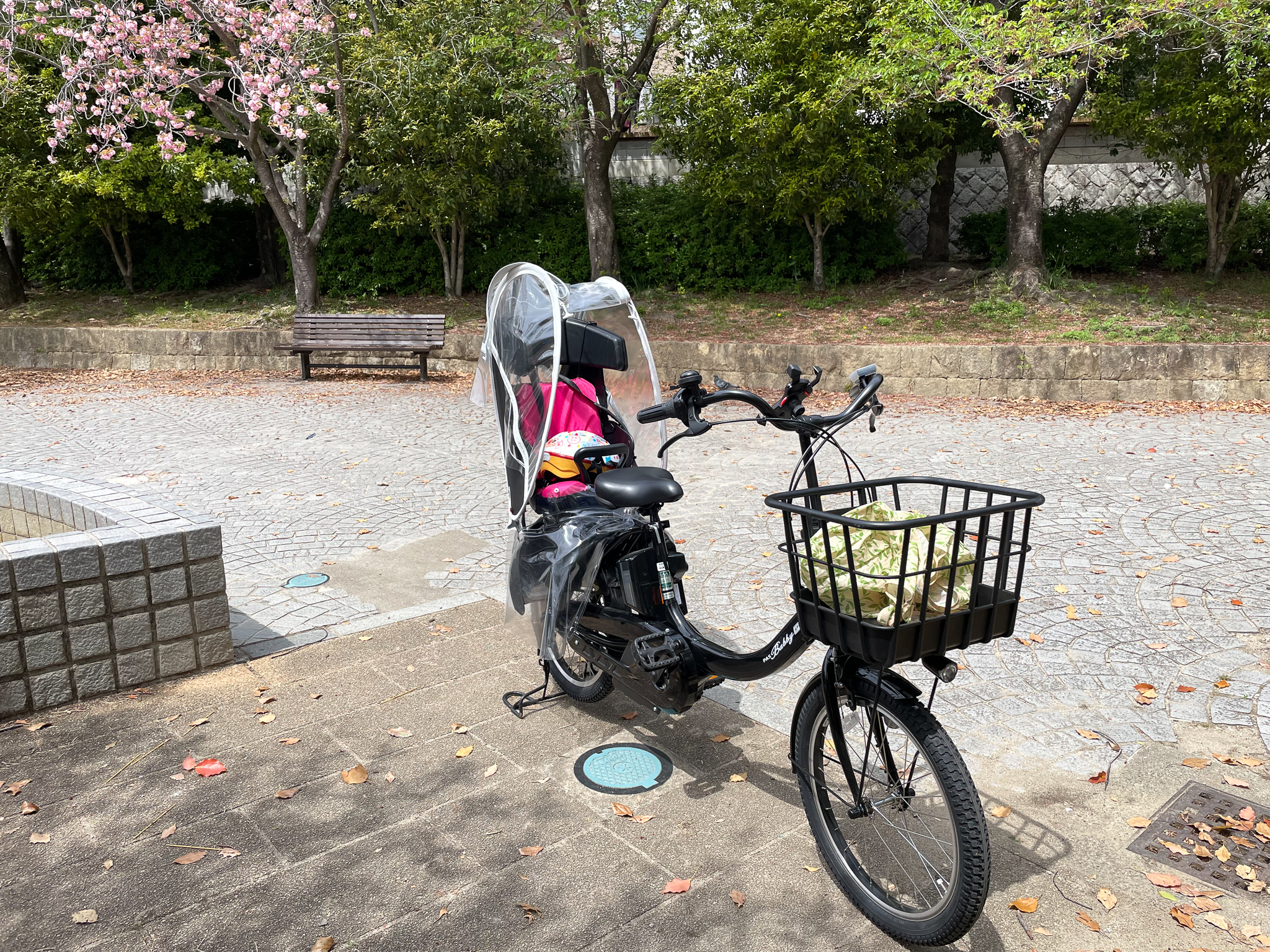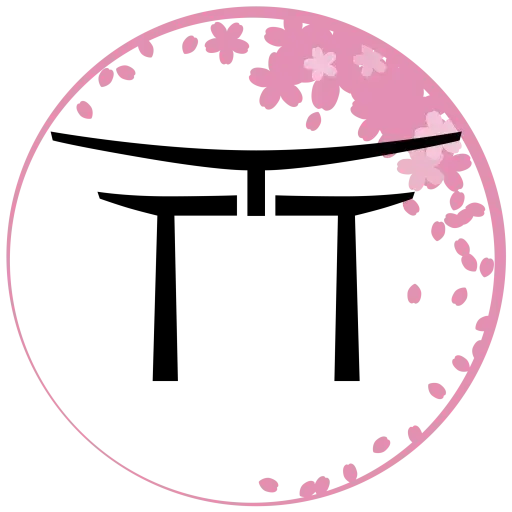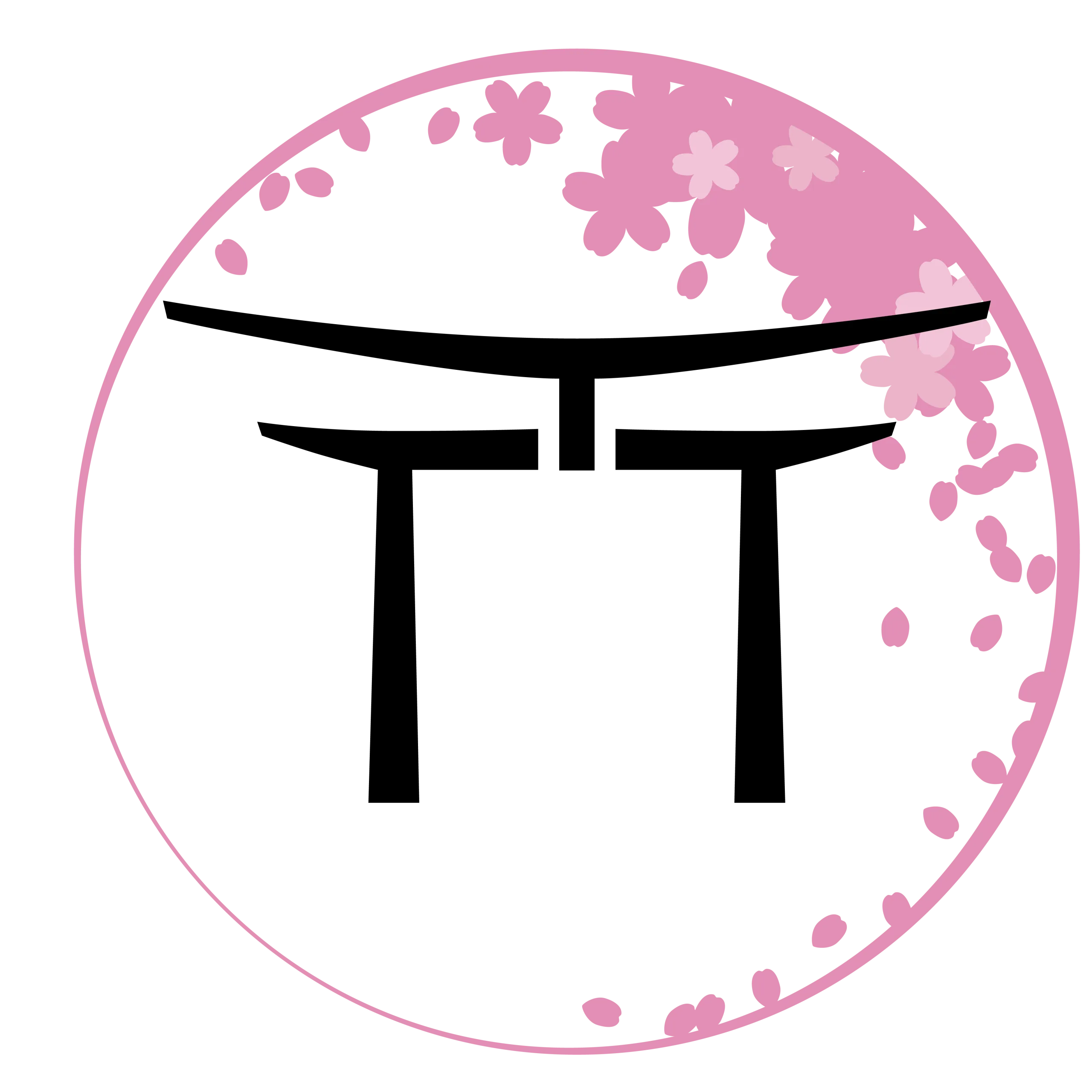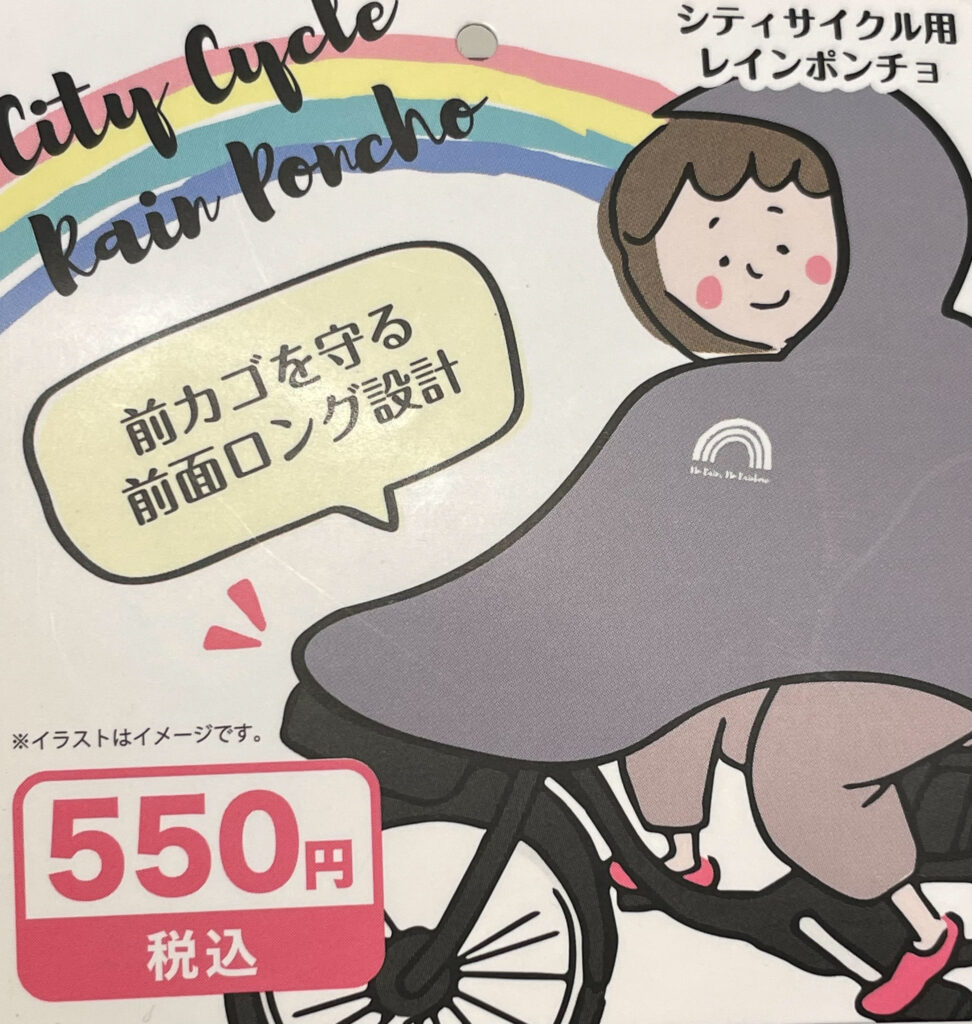Best Electric Bicycles for Families in Japan

Last Updated on July 15, 2024 by Kay
This post may contain affiliate links, meaning I may earn a small commission on any purchases through those links at zero additional cost to you. Whatever I make goes to keeping this website running and I am forever grateful for the support. See my Privacy Policy for more information.
Bicycles are a common way to get around in Japan, and when you have a small child, electric bicycles can be a game-changer.
In this article, I’ll share my experience using an electric bike (電動自転車 / dendō jitensha) with my toddler, give an overview of popular brands, provide a ranking of the best electric bicycles for parents as tested by professionals, and highlight some accessories that you might want to consider if you’re looking at getting an electric bike in the near future.
If you’re looking to rent an electric bicycle in Japan for your family, check out this rental shop in Tokyo (but personally I don’t think central Tokyo is the most bike-friendly place) and this shop in Kyoto.
Table of Contents
My Experience Using an Electric Bicycle with a Toddler in Japan
Back when I lived in Kanto, I wasn’t in a very bike-friendly area so the thought of using an electric bicycle never really crossed my mind. But after moving to Kansai, my husband suggested that we get an electrically assisted bicycle to get around.
The price is what put me off at first, but within a few weeks I opened up to the idea. Unlike where my family lived before, there are plenty of bike lanes in our current neighborhood and the sidewalks are wide. I also planned to be at home with my daughter for a while instead of jumping straight into another full-time job and wanted to explore the area without having to deal with a stroller.
We went to a chain bicycle shop nearby called Cycle Base Asahi where my husband and I tried out three different electric bikes that could carry a child (子供乗せ電動自転車):
(I’ll go more into detail about the specs and so on of these bikes in the next section, so skip ahead if that’s what you’re interested in!)
My husband has quite a nice bicycle that he rides frequently but I hadn’t been on a bicycle in ages, so there was a bit of a learning curve in the beginning. The bikes are also all quite heavy.
All three of these bikes had a child seat in the back rather than the front. We tried out all the bikes without A on them, mainly because anytime we attempted to put her in the child seat, she would scream in protest. Our daughter really doesn’t like trying new things.
I started by trying out the Yamaha in the store parking lot, and its electric-assist function surprised me at first because I wasn’t quite ready for the sudden jolt forward. As I hadn’t been on a bike in a few years and was getting used to the weight as well, I was quite scared about possibly hitting one of the parked cars and had some trouble with turning. But despite that initial fear, I found the bike to be quite comfortable.
Next, I tried the Panasonic. Although it seemed easier to maneuver compared to the Yamaha despite feeling heavier, it was a little too big for me and the seat felt hard and uncomfortable. My husband was a fan, though, as he found the larger size worked for him and liked the child seat as it had padding. There are also many accessories made by that brand, such as rain covers, which is reassuring if you decide to purchase them as you’ll know it’s made for that particular bicycle brand.
Lastly, I rode the Bridgestone. It was also quite heavy for me and was hard to ride, perhaps because of its larger wheels and because I wasn’t used to riding bicycles at the time. The seat was also the hardest out of the three. My husband also wasn’t a fan of this bike.
We went home to think it over and decided to go with a black Yamaha PAS Babby un SP in the end as it was the most comfortable for me and I ended up quickly getting used to and liking the electric assist. They were also coming out with a newer model, which meant it was cheaper than the others. We bought the bicycle from the shop’s Rakuten store during a campaign and had it delivered to our local store for free ↓
|
After the bicycle arrived, I decided to try it out with my toddler in a parking area near our house that didn’t have many cars. Although I was intimidated by the child seat safety buckle in the store, it ended up being quite easy to use (easier than both the stroller’s and car seat’s, in fact) and my daughter was securely strapped in.
She screamed at first but after a few minutes, she surprisingly got used to the bike. When I felt comfortable enough, my husband rode his bike to the post office and I followed him on the electric bicycle, our toddler sitting in the back. She loved it, and I quote: “WHEE!”
Let me tell you, I am so glad my husband brought up the idea of getting an electric bicycle because I can’t imagine life without it now. It makes grocery trips much easier without having to worry about holding a basket while pushing a stroller.
I can just zip to the store on my bike, put my kid in one of the child-friendly carts, shop, and then place everything in my bicycle’s basket. And not having to deal with a stroller anymore especially helps when I go to small, cramped stores like Kaldi.
Having used an electric bicycle frequently for over half a year, here are my overall thoughts:
Pros of an Electric Bicycle
- The battery power is excellent, at least for a new bike. The other day I rode 20 km and only used 1/5 of my battery.
- Sometimes the time to ride an electric bicycle to a location is just as fast, or even faster, than taking public transport.
- Speaking of public transport, you don’t have to worry about avoiding rush hour when you take a bike somewhere
- Your kid can sleep in their seat on the bike and you don’t have to carry them to the train station or from one line to another while hauling other things.
- The electric assist makes going up hills a cinch.
Cons of an Electric Bicycle
- You need to make sure that your battery is charged.
- It takes about four hours to fully charge the batteries.
- It’s quite heavy, especially with a 12 kg toddler on it, which can be a problem when it comes to moving it without riding if you’re a weakling like me. The weight can also make turning a little precarious if you turn at the wrong angle. I’ve fallen over twice because of it; thankfully my daughter was not hurt thanks to her helmet and rain cover.
- It can be quite hard to maneuver when it comes to narrow paths.
- There’s always a chance of getting into an accident, especially if you’re going down a hill, riding on the road, or when it’s dark or rainy out. It can be quite scary. But of course, this is the same for any type of bicycle, electric or not.
- You shouldn’t leave it exposed to the rain often since it is electric as there’s a chance it will break (although it is supposed to be waterproof).
There are also bikes that have two seats for kids, one in front and one in the back, for those of you who have two little ones. However, it’s recommended that children are at least one year old before being carried on a bicycle.
When it comes to the position of the child seat, front seats are better for younger children (up to around 15 kg) and help you to keep an eye on them while rear seats are better for older children (up to 22 kg), which means it can be used longer when it comes to transporting your child somewhere. Rear seats also ensure that the wind isn’t directly hitting your kid and making them cold (unless you have a cover over them).
Popular Electric Bicycle Brands and Series in Japan
Yamaha PAS
Yamaha is known for a number of electric products, in particular ones used for commuting. As they were the first company to create electric bicycles, it’s no wonder parents turn to their bikes.
The PAS is known for its unique design, in particular the rounded, almost cocoon-like front child seat, as well as its smart power assist, which makes going up hills a breeze.
The child seat, which is slightly curved, provides extra protection. Note that there is no bar running across the seat. Instead, there’s a wide handrail that also works to keep your child protected (take it from a mom who accidentally forgot to buckle her kid up once and realized it a minute into riding. Thankfully she was unharmed!). The height of the child seat’s headrest can also be adjusted as your little one grows.
The five-function display is very simple to use and clear. I like it as it has images that appear one at a time and are always in the same spot, so it’s very easy to change modes in an instant and know where you’re at. It also informs you of the battery level and remaining mileage. It also has a memory function, so it maintains your previous settings so you don’t have to worry about doing it all over again whenever you turn your bike on and off.
The bike’s wide kickstand is easy to push down (even for weaklings like me!) and makes the bike very stable, which helps immensely when it comes to taking your kid on and off the bike.
The bike also comes in a wide variety of designs and models, and tends to be the most affordable out of the three brands listed here. It’s also great for short people as it is made for heights 142 cm and up (which explains why I find it easy to ride).
Panasonic Gyutto (パナソニックギュット)
We all know Panasonic as a popular electronics company, which is why they’re a trusted brand when it comes to electric bicycles.
The Gyutto series is quite sleek in terms of design. Their child seats, which come in both front and rear styles, have been made alongside Combi, a popular company that makes baby products like strollers and car seats, which provides a lot of reassurance in terms of design and safety. The seats have padding as well, so you don’t have to necessarily buy anything to help make your child feel more comfortable. It’s also easy to tighten the straps from the front of the seat by simply pulling them or loosen the straps by pressing a button. The headrest also comes with a sunshade so that your child stays cool in the summer.
The display is very simple and allows you to easily switch modes. I like that it has an automatic function, which adjusts the pedal assist accordingly. It also provides information on the remaining mileage and battery level.
The Gyutto also has a feature called ラクイック, which is a tiny remote that allows you to lock and unlock the bike with a press of a button. This means you don’t have to insert the key into the lock, so it’s something you can put onto your keychain. (I wouldn’t recommend attaching the bike key to your keychain if it’s long as anything dangling, like additional keys or accessories, may get caught in the spokes of the back tire.)
In terms of price, the Panasonic Gyutto is generally the most expensive of the three but it does have the longest battery life. However, it’s also harder to control due to its longer frame. (Although if you’re tall, this may not be a problem!)
Bridgestone bikke (ブリヂストン ビッケ)
Bridgestone is the world’s largest tire company, so it’s no wonder that their electrically assisted bikes are popular with parents in Japan. Their bikes are also the nicest looking out of the three as they come in fashionable colors and you can customize the colors/patterns on the seats, which is pretty nice.
The wheels on the bikke series are large, which makes it good for taller people and easy for both mom and dad to use. The larger wheels help with smoother steering and an overall smoother ride when it comes to bumpy and unpaved roads. You can also charge the battery while it’s running — quite convenient!
The display is quite simple. Unlike the others, it doesn’t tell you how many km you have remaining on your battery.
bikke is also a popular brand when it comes to electric bikes that allow you to transport two children.
The Best Electric Bicycle Models in Japan
Below are electric bicycles with either rear or front child seats that outdoor and cyclist professionals in Japan tested for the magazine MONOQLO and recommend for parents:
Rear Child Seat
First Place: Panasonic Gyutto Croom R EX (パナソニックギュット・クルーム R・EX)
- Weight: 32.2 kg
- Mileage: 86 km (in energy-saving mode)
- Battery capacity: 16 Ah
- Charging time: 4.5 hours
The reviewers found that this bike has a lot of power, in particular its pedal assist, making it easy to ride, and the remote key is very convenient. The charging time is longer than the other two brands reviewed for this category, but this makes sense given its larger battery capacity. Surprisingly, although the child seat was made with Combi, Yamaha’s child seat got more points.
Check out and compare the prices online:
Second Place: Yamaha PAS Babby un SP
- Weight: 32.7 kg
- Mileage: 75 km (in energy-saving mode)
- Battery capacity: 15.4Ah
- Charging time: 4 hours
This one came in first place for its ease of use, in particular when carrying heavy loads while going up hills, and smooth braking. The handles also allow for easy steering. This year’s model also has a pocket behind the child seat, which is really nice.
Check out and compare the prices online:
Third Place: Bridgestone bikke MOB dd (ブリヂストン ビッケモブdd)
- Weight: 33.4 kg
- Mileage: 115 km (in energy-saving mode)
- Battery capacity: 14.3Ah
- Charging time: 4 hours 10 minutes
Out of the three bikes reviewed for this category, the Bridgestone bikke MOB dd has the highest mileage and the reviewers felt it was the best overall in terms of ride quality because of its larger wheels. It lost points in terms of its child seat and ease of use.
Check out and compare the prices online:
Front Child Seat
First Place: Yamaha PAS Kiss mini un SP
- Weight: 31 kg
- Mileage: 78 km (in energy-saving mode)
- Battery capacity: 15.4 Ah
- Charging time: 4 hours
Yamaha’s PAS Kiss scored the most points in terms of its ride quality, power, pedal-assist, and child seat. The child seat is something that would make me want to purchase this bike if I didn’t go with one that has a rear child seat because it shelters the entire body of the child as if they’re in a shielded cocoon. Out of the three bikes, it looks like the one your child will be the safest in. Overall, it looks like a great electric bike to transport younger children.
Check out and compare the prices online:
Second Place: Panasonic Gyutto Croom EX (パナソニックギュットクルームEX)
- Weight: 33.5 kg
- Mileage: 80 km (in energy-saving mode)
- Battery capacity: 16 Ah
- Charging time: 4.5 hours
Similar to Panasonic’s electric bike with a rear child seat, the reviewers liked the key fob for the front-facing one as they found it convenient, and that the child seat came with a sunshade. The headrest also seems comfortable for children and it’s easy to load a child into it. They also found it easy to ride as it moves quite smoothly.
Check out and compare the prices online:
Third Place: Bridgestone bikke POLAR e
- Weight: 30.8 kg
- Mileage: 78 km (in energy-saving mode)
- Battery capacity: 15.4Ah
- Charging time: 4 hours
Interestingly, the reviewers felt that this bike would be good for smaller moms as you don’t have to use much force to stop the bike. They also felt that it provided a smooth ride.
Check out and compare the prices online:
Front and Back (Two) Child Seats
The magazine didn’t look at electric bikes with two child seats but I thought I would share what the three brands we’ve covered in this article offer.
Panasonic Gyutto Croom R EX
- Weight: 35.6 kg
- Mileage: 80 km (in energy-saving mode)
- Battery capacity: 16Ah
The display is the same as the front and rear child seat electric bicycles.
The rear child seat.
The front child seat.
Yamaha PAS Babby un SP

- Weight: 36.5 kg
- Mileage: 75 km (in energy-saving mode)
- Battery capacity: 15.4Ah
The display is the same as the front and rear child seat electric bicycles.
The kickstand, which is wide and easy to push down with little effort.
The rear child seat.
The front child seat.
Storage space in the back.
Bridgestone

- Weight: 35.0 kg
- Mileage: 61 km (in energy-saving mode)
- Battery capacity: 12.3Ah
The display, which has more going on than their newer models for only one child.
The kickstand, which is wide but doesn’t seem to have the same stability as Yamaha or Panasonic’s.
The rear child seat.
The front child seat.
A smart control brake, specifically made to help stop the bike when carrying two children.
Electric Bicycles in Japan — Takeaway
Despite what these particular reviewers say, at the end of the day, everyone has their own unique needs, which is why there are three great electric bicycle brands to choose from! I recommend going to a local bicycle shop, trying out some bikes, and then comparing the cost to other shops (including those online) to find the best deal.
You can also rent electric bicycles to try them out for a month before purchasing, which may be a good idea considering these bikes are not cheap. The rental cost is also quite affordable.
(If you ultimately decide to purchase through Amazon or Rakuten, please consider using the links in this article as I’ll get a very small commission at no additional cost to you. It’s like saying, “Hey, thanks for spending the time to write this helpful article!”, which would make me really happy. And I’m not lying when I say it’s small, it’s only enough to cover a package of diapers. This website is truly a labor of love!)
Baby and Toddler Accessories for Electric Bicycles
Most accessories are not something that is a must, but I thought I would share the ones I’m using and can’t do without!
Helmet
Okay, this one is a must by law. Your child needs to have a helmet. As I mentioned earlier, I’ve fallen off my bike twice because I misjudged a turn and my daughter was protected by her helmet.
Your child may be against wearing the helmet at first but they will get used to it. Although the Anpanman helmet pictured above is not my style, my daughter liked it the best when we looked at helmets at a store. And at the end of the day, I’m not going to prevent her from wearing something she likes just because I don’t like it. After all, my daughter is her own person and should be free to express herself however she likes!
Child seat rain cover
You never know when it’s going to pour, so having a rain cover is pretty handy. This is also excellent for keeping your child sheltered from the cold. Before summer, my daughter insisted on having the rain cover closed because it was too windy and cold for her otherwise. Now we just flip over the front of the rain cover and hook it to the back, ready to use if it suddenly rains.
We are using this rain cover from Rakuten.
Rain jacket or poncho

Speaking of rain, you may want to get a rain jacket or poncho for yourself. I found the one pictured above at Daiso, which covers the bicycle’s basket as well!
Child seat cushion

The bike we got doesn’t have any padding on the child seat, and although the others have some type of padding, it might not be enough to protect your child’s little tushie. My husband wanted to make sure our daughter was as comfortable as possible, so he got this very comfy cushion. Our daughter has never complained about feeling uncomfortable, even when it’s a bumpy ride, so I guess it’s doing a good job so far!Smartphone holder
I absolutely love this smartphone holder from Amazon. I pop my iPhone into it so I can see Google maps easily while heading somewhere. At first, I was nervous that my phone would fall out of it but it hasn’t yet! (Knock on wood)
Note that some people steal batteries to resell them, so although batteries have a lock, it’s best to cover your bike at home or place it somewhere that isn’t easily within reach to potential thieves.
Lastly, as a reminder, if you’re unsure about which bicycle to get even after trying them out in the store, consider renting one for a month and see how you feel!



